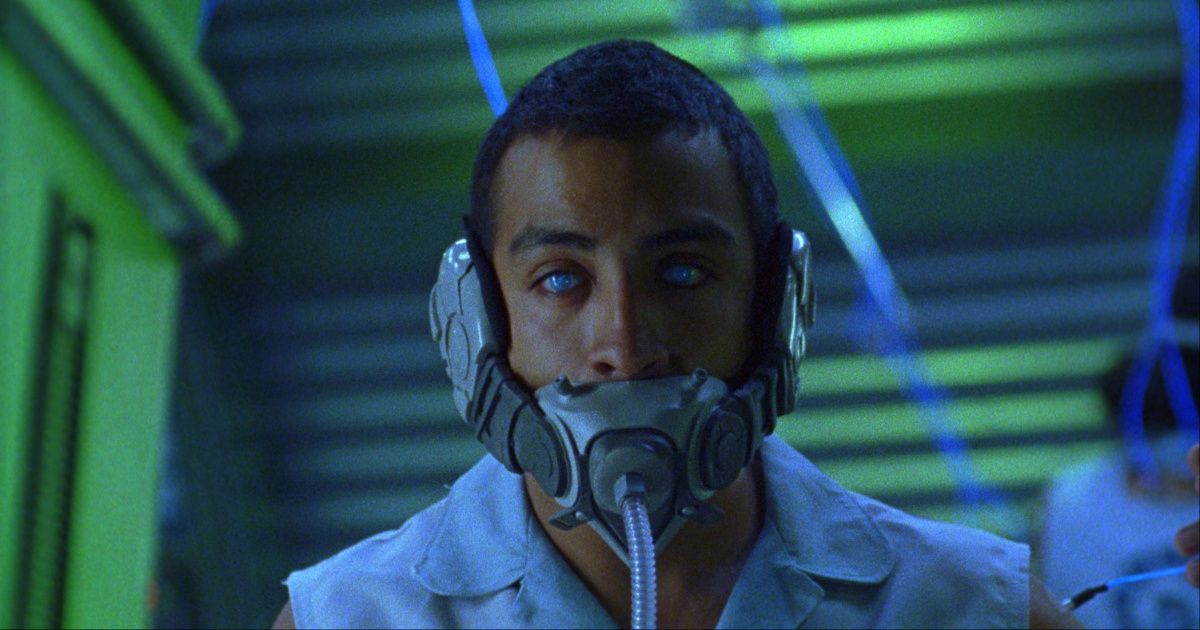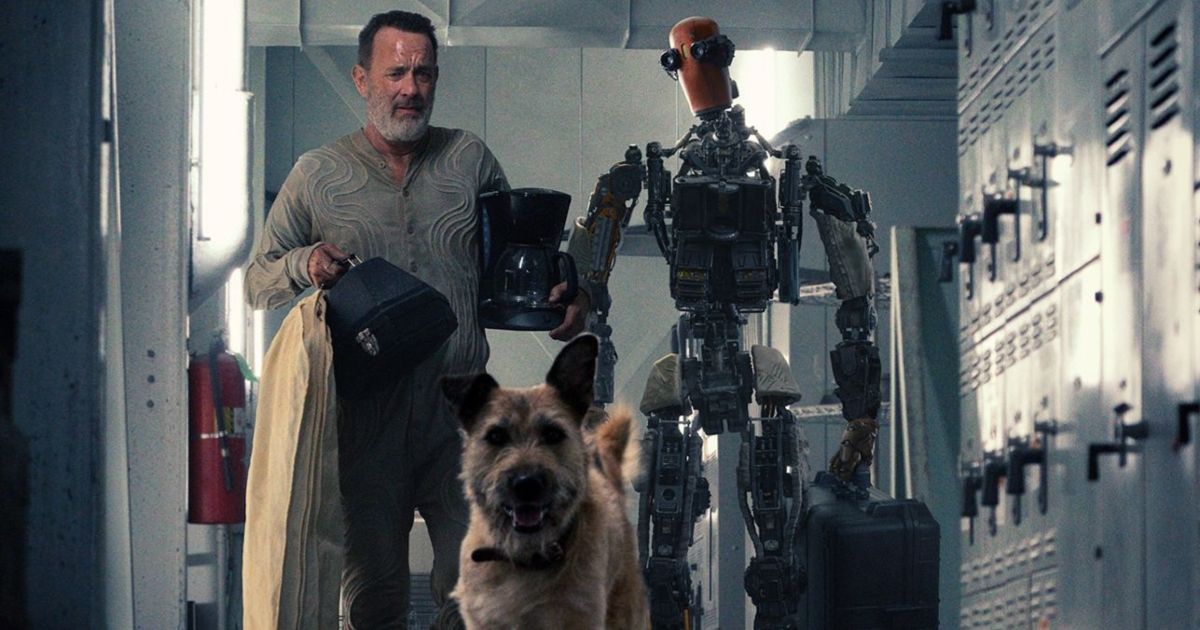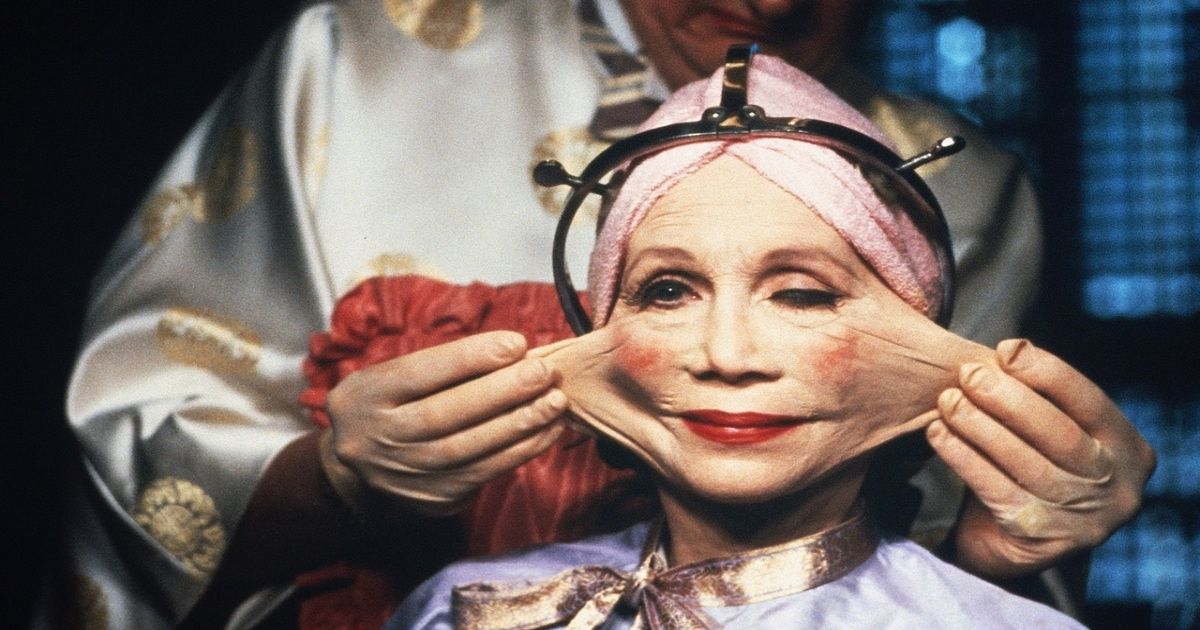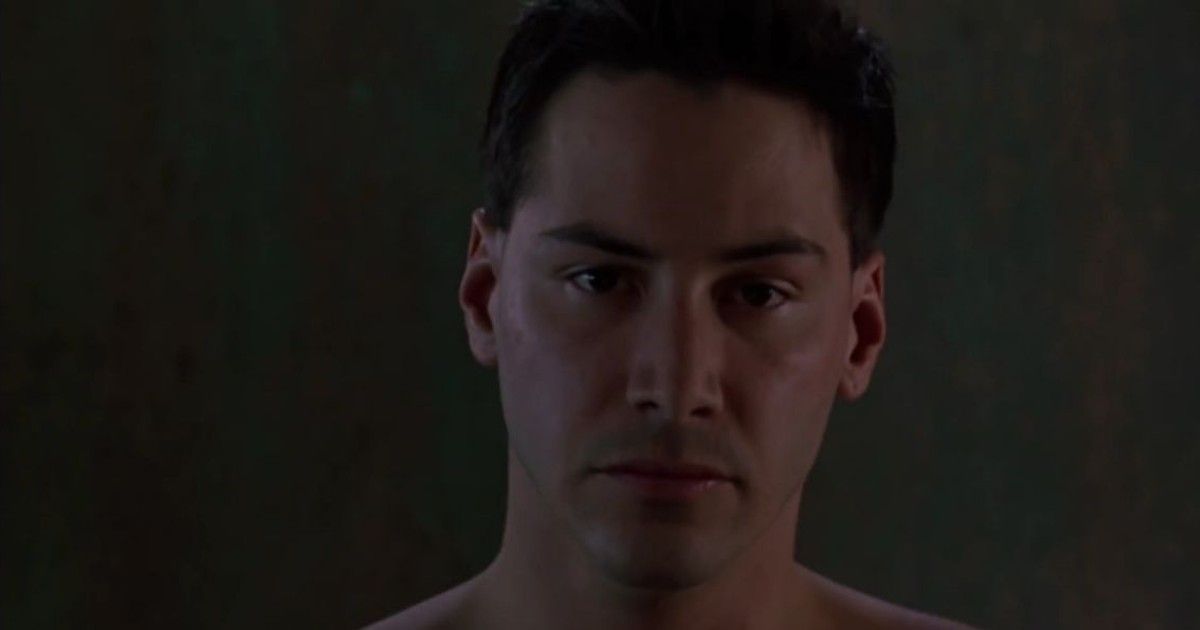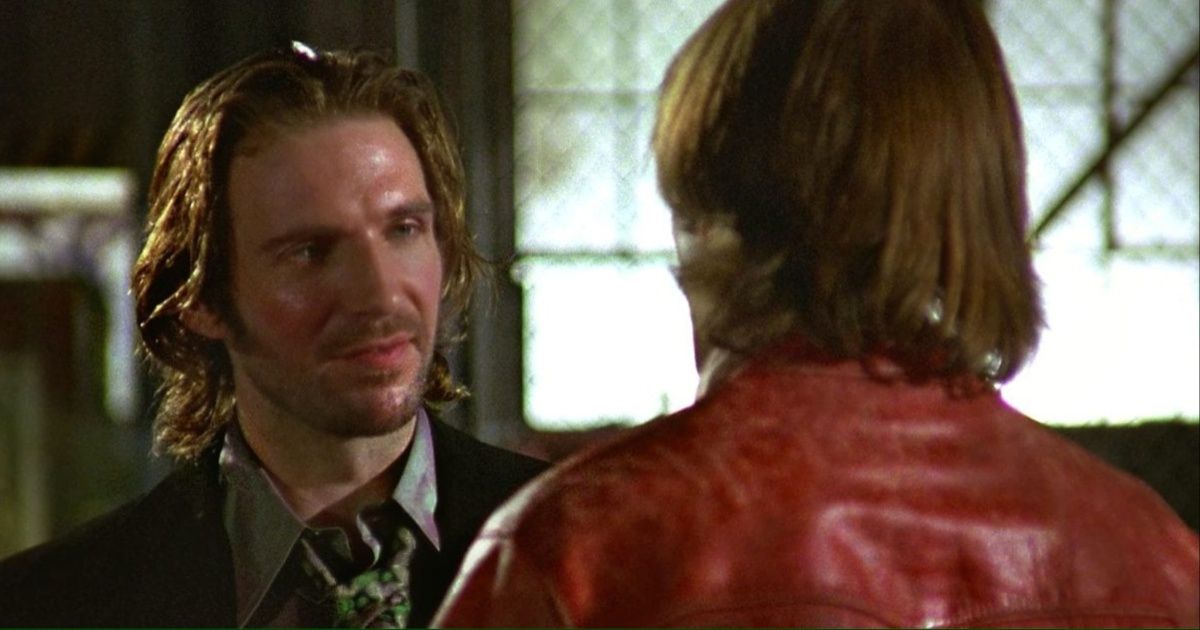Ever since the New Wave science fiction movement began in the ‘60s, filmmakers have continued to tap into cyberpunk themes on a frequent basis. Movies in the subgenre tend to feature dystopian settings that are defined by technological advancements and frustrated societies. Artificial intelligence, cybernetics, and mega-corporations also feature more often in these types of projects than in those under other sci-fi branches.
Today, there are well-known cyberpunk movies like Robocop and The Matrix, but this list shall be avoiding those and instead focus on greater works that are still underrated. Some of these films even have better stories and concepts than the major blockbusters but due to factors such as limited marketing or the use of lesser-known actors, they have remained under the radar for a while now.
10 Upgrade (2018)
Films about “Average Joe” husbands suddenly morphing into action heroes after their families get killed are common, but Upgrade uses the template much better. The mayhem begins when the auto mechanic and human–computer augmentation engineer, Grey, gets involved in an accident after his self-driving car malfunctions. The accident just so happens to have occurred in a crime-ridden area of town so thugs attack, killing his family and paralyzing him. Thanks to his connections, Grey gets an implant known as STEM, which boosts all his motor functions, allowing him to head out and seek vengeance.
Through such a simple plot, the movie easily touches on all major cyberpunk aspects, from a society that’s collapsing because of endless felonies to both the dangers and benefits of technology. There are some slight similarities to one of Jean-Claude VanDamme’s popular movies (the ‘90s hit, Universal Soldier), but Upgrade distinguishes itself by focusing on paralysis rather than death, and by having better visuals.
9 Sleep Dealer (2008)
Way before the Trump presidency, Sleep Dealer addressed immigration in the same controversial manner. The movie presents a futuristic world where Mexico-US immigration has completely been halted by building a fortified wall. America now relies on robots for blue-collar jobs. Interestingly, the same robots are still controlled by the would-be immigrants back in Mexico through a corporation that mass-hires employees and inserts cable nodes into their brains.
Sleep Dealer’s fictional world is thus shown to be ideal for racists and opponents of America’s open-arms immigration policy since the government gets to physically keep Mexicans away while still being able to benefit from their expertise and cheap labor. The film features early appearances by Tenoch Huerta (best known for playing Namor in Black Panther: Wakanda Forever) and Jacob Vargas (best known as Domingo in Mayans MC)
8 Finch (2021)
A number of Tom Hanks movies were released during the COVID-19 pandemic and most of them went unnoticed. Among them, the war drama, Greyhound and the Western, News of the World, are highly recommendable and so is Finch — a story about an aging apocalypse survivor who trains his robot to care for his dog after he dies.
In a genre, where films only give general information, Finch is very specific with the data, letting audiences know that temperatures have risen to highs of 150 °F (66 °C) because of a solar flare that destroyed the ozone layer and turned the world into a major wasteland. The only reason the titular character is able to survive is that he lives in an underground lab. Apart from dissecting climate change, the movie is relevant to modern times because it highlights some of the benefits of A.I. By feeding his humanoid robot tons of data about dog care, it’s able to do the job once he dies.
7 Brazil (1985)
Shortly after making one of the greatest foreign time-travel films — the humor-packed, Time Bandits — Terry Gilliam went a much darker route with Brazil. The cyberpunk masterpiece explores bureaucracy, hyper-consumerism technocracy, hyper-surveillance, and the justice system through the story of a man named Sam. After printing the wrong arrest warrant that leads to the arrest of a cobbler instead of a terrorist, he goes on a mission to apologize to his widow, but things go wrong. He soon learns that there are bigger forces trying to prevent him from achieving his mission.
Overall, the movie benefits from strong performances by Robert DeNiro and Jonathan Price. And even though it’s fast-paced, audiences easily get to understand the point that’s being made. For example, the arc revolving around the arrest warrant arc shows how a slight technological malfunction can lead to very serious consequences. And even though the film isn’t that well-known by modern audiences, it has influenced several works such as Tim Burton’s Batman whose production design mirrors that of the cyberpunk masterpiece.
6 Johnny Mnemonic (1995)
Keanu Reaves has played another John before, but this one wasn’t a Gun-fu expert. In Johnny Mnemonic, the actor stars as a data courier with a brain implant on his head that can securely store sensitive information. Soon he is hired by Chinese scientists to transport data that exceeds his memory limit but since he is getting huge pay for it, he agrees to do it. The plot thus takes a rush-against-time format, with Johnny doing his best to be at the destination in time or else his brain will be damaged.
The events are set in an advanced 2021 where mega-corporations dictate the direction that society goes and organized crime is more common than SMEs. The little details that get dropped from time to time are also fascinating. For instance, it’s revealed that in order to store data in his brain. Johnny has to remove his happy childhood memories. The action sequences are marvelous too, thanks to a badass villain played by Dolph Lundgren. It’s arguably one of Keanu Reaves’s most underrated movies and one that’s unlikely to bore anyone that invests time in it.
5 Paranoia: 1.0 (2004)
Capitalism and consumerism are the central themes in Paranoia: 1.0, where a computer programmer learns that corporations are infusing Nanomites into people’s brains to make them addicted to certain products. Such a method is seen to be more cost-effective than advertising, so most companies begin using it while keeping it a secret from their customers.
The idea might seem a bit far-fetched, given the legal implications that might come with it, but is sure to be possible if corporate wars ever get too intense in the future. Apart from the Nanomite plot, Paranoia: 1.0 includes a wonderful romance arc and a series of mysterious murders, making it just as entertaining as it is thought-provoking.
4 Avalon (2001)
Gaming is becoming more of a serious profession, making the plot of Avalalon very likely to play out in the near future. In it, thousands are addicted to a military-themed shooter game that allows players to earn in-game money. This currency can be used to purchase items in the real world, hence expert gamers end up being very wealthy. The problem is that the game interacts with a person’s brain directly, ao addicts end up being catatonic.
Overall, the movie serves the important task of showing how video game addiction can lead to the deterioration of one’s health. Some players end up turning into zombie-like beings because of their addiction while others become comatose. Eventually, the financial rewards don’t benefit those that earn them because they remain addicted and ruin their lives in the quest for more wealth.
3 Strange Days (1995)
Kathryn Biaglow’s Strange Days perfectly dissects voyeurism and crime by blending film noir and cyberpunk elements. Events are set just before the turn of the century when crime is rife and black-market tech experts have created SQUID — an electronic device that records one’s physical sensations and memories from their cerebral cortex, allowing another person to experience them once they purchase the MiniDisc. One person’s sexual pleasure and happiness can thus be felt by another without them having to physically do anything.
It’s a clever concept that’s made even more enjoyable through dedicated performances from Ralph Fiennes and Angela Bassett. And the fact that the script is too good isn’t a surprise since it was written by James Cameron. In addition to that, there are plenty of stylish action scenes, most of which are captured from first-shooter angles. Though it might not be as well-known as Kathryn Biglows’s other highly-rated movies remains one of the best offerings in the genre.
2 Code 46 (2003)
Love rarely thrives in dystopias and in Code 46, the idea of couples pairing up because of feelings is rendered an impossibility. This is because relationships have to be approved by the government, and that can only happen if two people have compatible DNA. As expected, some people attempt to cheat their way through this process hence chaos begins.
In the modern world, science is already being used to pair up people through dating apps. Those with similar interests or levels of attractiveness get paired up, so Code 46’s abstraction could become a reality at some point. Despite the restrictions, the movie manages to tell a beautiful story about a couple that defies all odds in order to b with each other.
1 ExistenZ (1999)
David Cronenberg’s ExistenZ already has a number of tie-in novels — a sensible move, given how engrossing the events are. The cyberpunk film focuses on gaming and at the center of the events is a world-renowned designer named Alegra. During one of her presentations, she gets shot at by an obsessive fan, causing her pod containing the only copy of her VR game to get damaged, She thus decides to go inside the game to test if’s still working as it should.
From its wild adventures to powerhouse performances by Jude Law and Jennifer Jason Leigh, ExistenZ impresses from start to finish. Had it not been released around the same time as The Matrix, it would probably have gotten more global recognition. Nonetheless, the CGI is quite good, so modern audiences can easily watch it without feeling compelled to compare it with modern productions.
This story originally appeared on Movieweb

